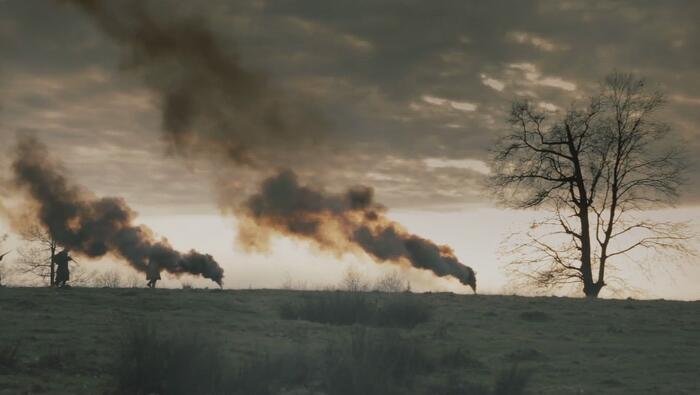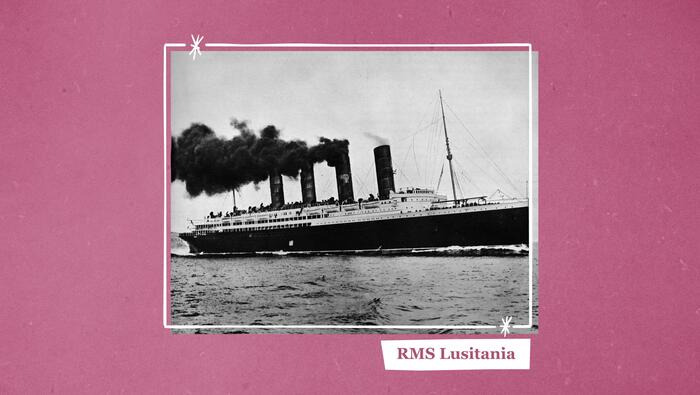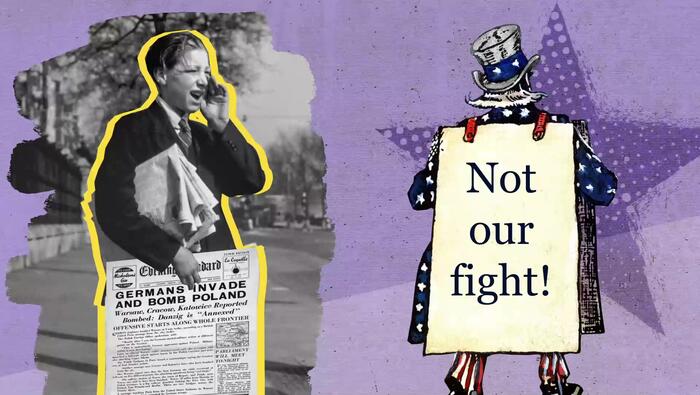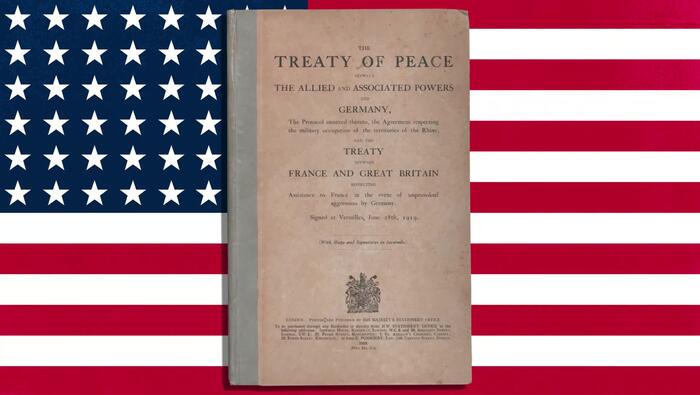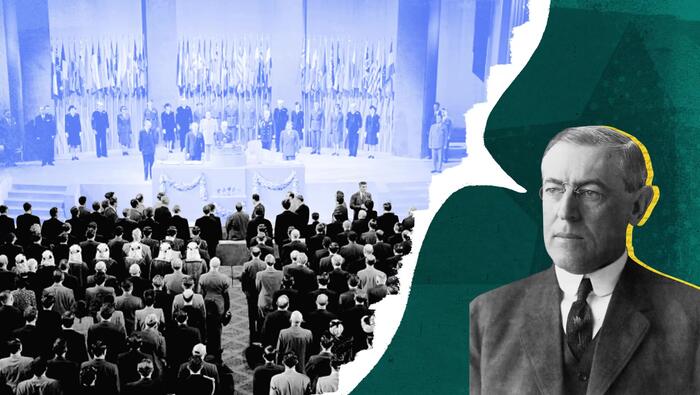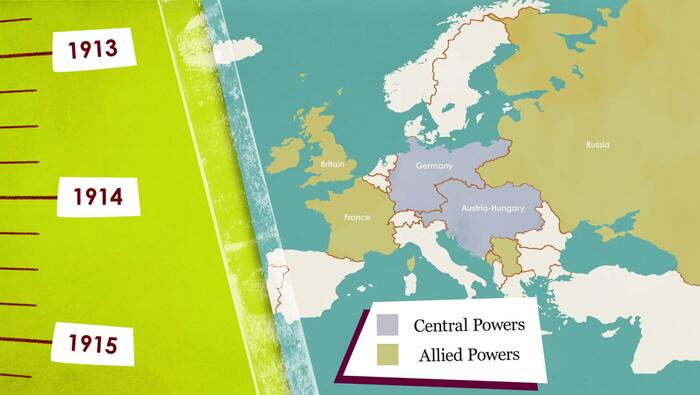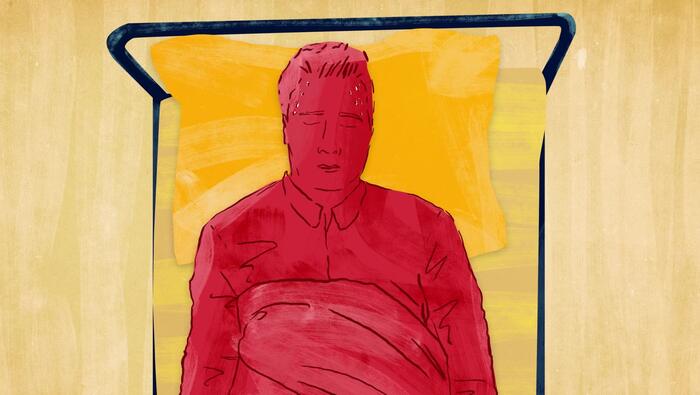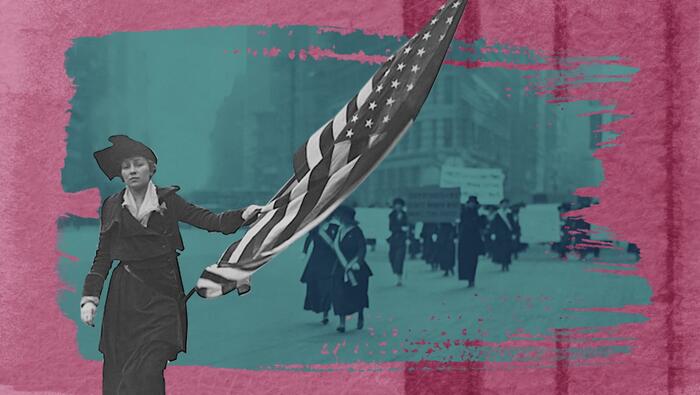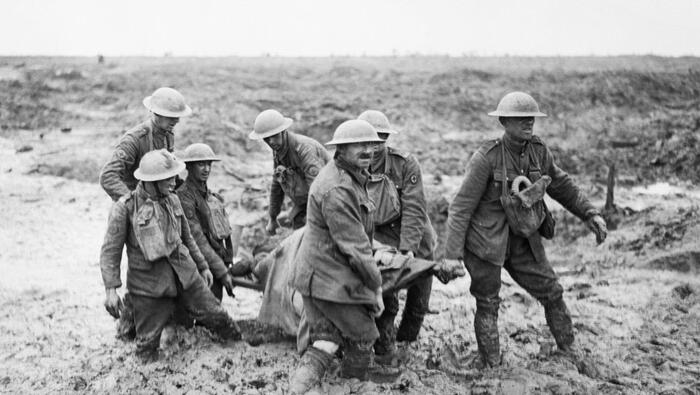
World War I: Part Two
This is a timeline of events during the second half of World War I, from 1916 to 1919. From the devastating Battle of the Somme to the introduction of U-boats and the eventual signing of the Treaty of Versailles, this period witnesses significant battles, shifting alliances, and the profound impact of the war on nations and their people.
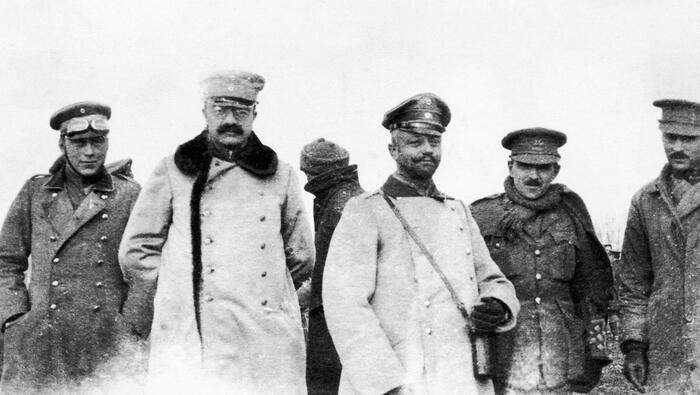
World War I: Part One
This is a timeline of the first half of World War I, from 1882 to 1916, as alliances form, assassinations spark conflicts, and trench warfare becomes the norm. From the assassination of Archduke Franz Ferdinand and the brutal warfare on the Western Front, this war becomes a deadly struggle that shapes the course of history.
